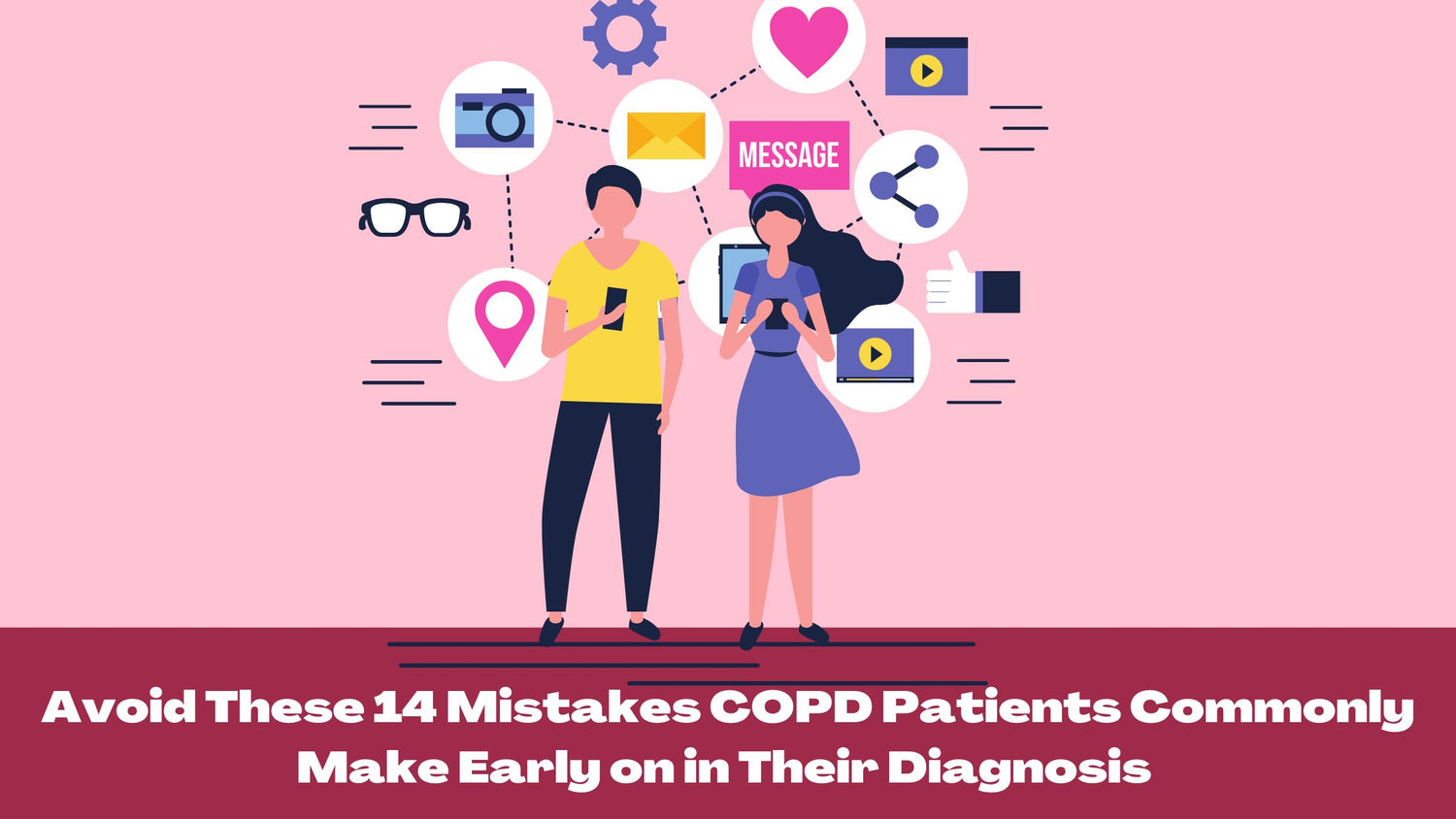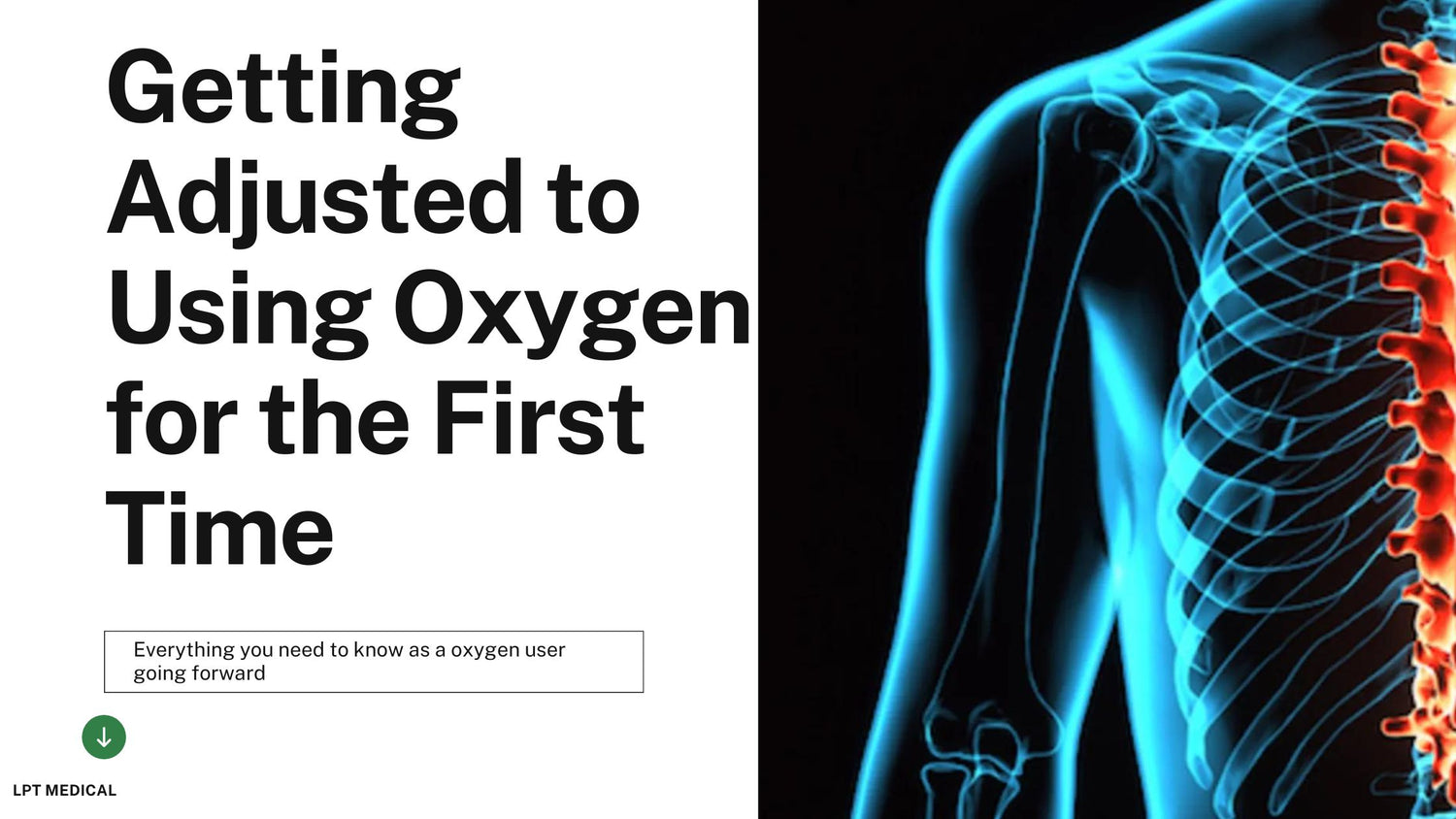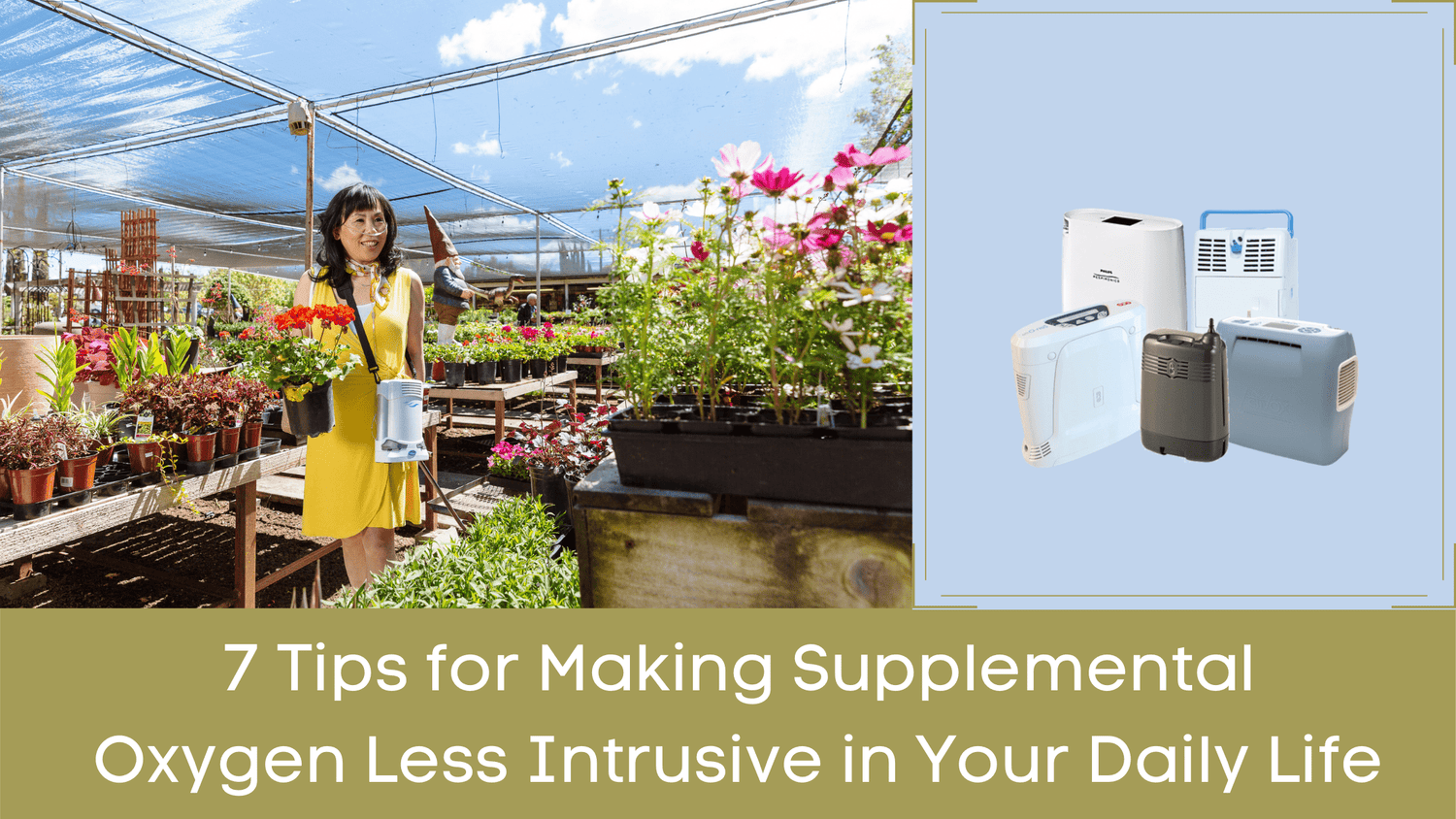Respiratory Resource Center - LPT Medical
Avoid These 14 Mistakes COPD Patients Commonly Make Early on in Their Diagnosis
Are you newly diagnosed with COPD? Do not...
Read MoreGetting Adjusted to Using Oxygen for the First Time
Oxygen- It's as simple as inhaling and exhaling?...
Read More7 Tips for Making Supplemental Oxygen Less Intrusive in Your Daily Life
Supplemental oxygen therapy is a foundational part of most...
Read More


